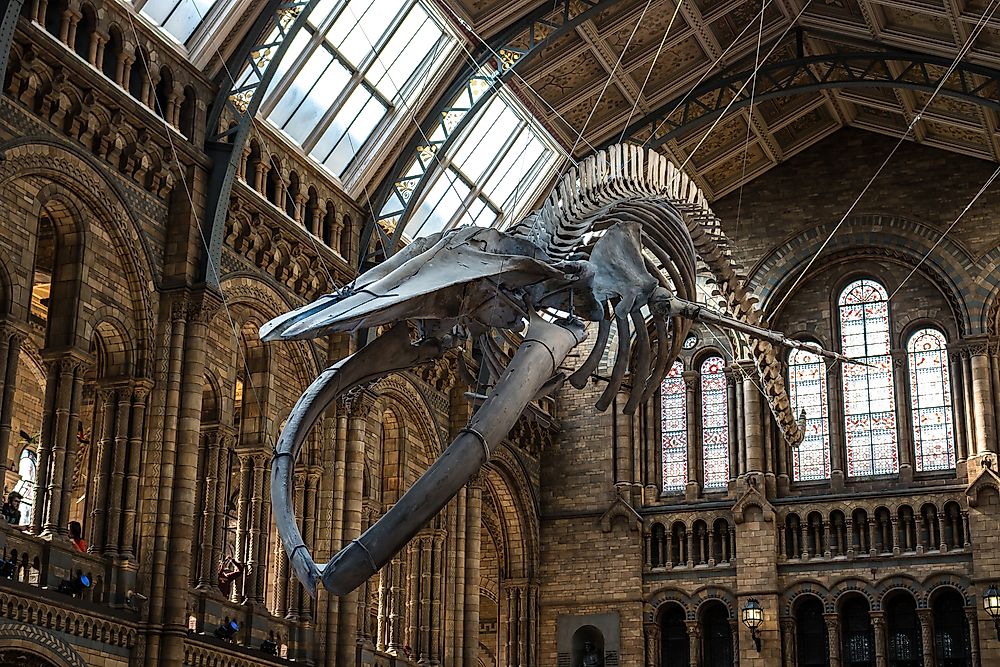What Is A Natural History Museum And What Is Its Significance?

A Natural History Museum is a museum that exhibits natural history collections.
Origin of Natural History Museums
The earliest natural history museums were primarily private collections. Public access to such museums was limited. Most of these were owned by scientific societies or individuals. The first such museum is thought to have existed in the mid-16th century. The museum, which existed in Zurich, belonged to a Swiss scholar, Conrad Gessner.
1635 marked the establishment of a natural history museum which would serve as the model for the present day museums of the same kind. This was the Muséum National d'Histoire Naturelle (National Museum of Natural History) in Paris. However, it was not until 1683 that the general public was admitted into such museums. The first one to do so was the Ashmolean Museum of Art and Archaeology in Oxford, England.
Natural History Museums are now found in many parts of the world. Examples of such museums include the Natural History Museum in London and the Smithsonian National Museum Of Natural History In California.
Significance of Natural History Museums
Natural history museums play an essential role in scientific research. The museums have a rich and well-documented collection of historical and current specimens that can be used in scientific research. Natural history collections present in the various Natural History Museums has greatly helped the scientific community in appreciating many concepts such as biodiversity and evolution. Natural historical collections have also aided in research on genetics, environment and climate change. Research that has been carried out using natural history collections in such museums has been critical in the establishment of baseline data through which new findings and observations can be compared.











